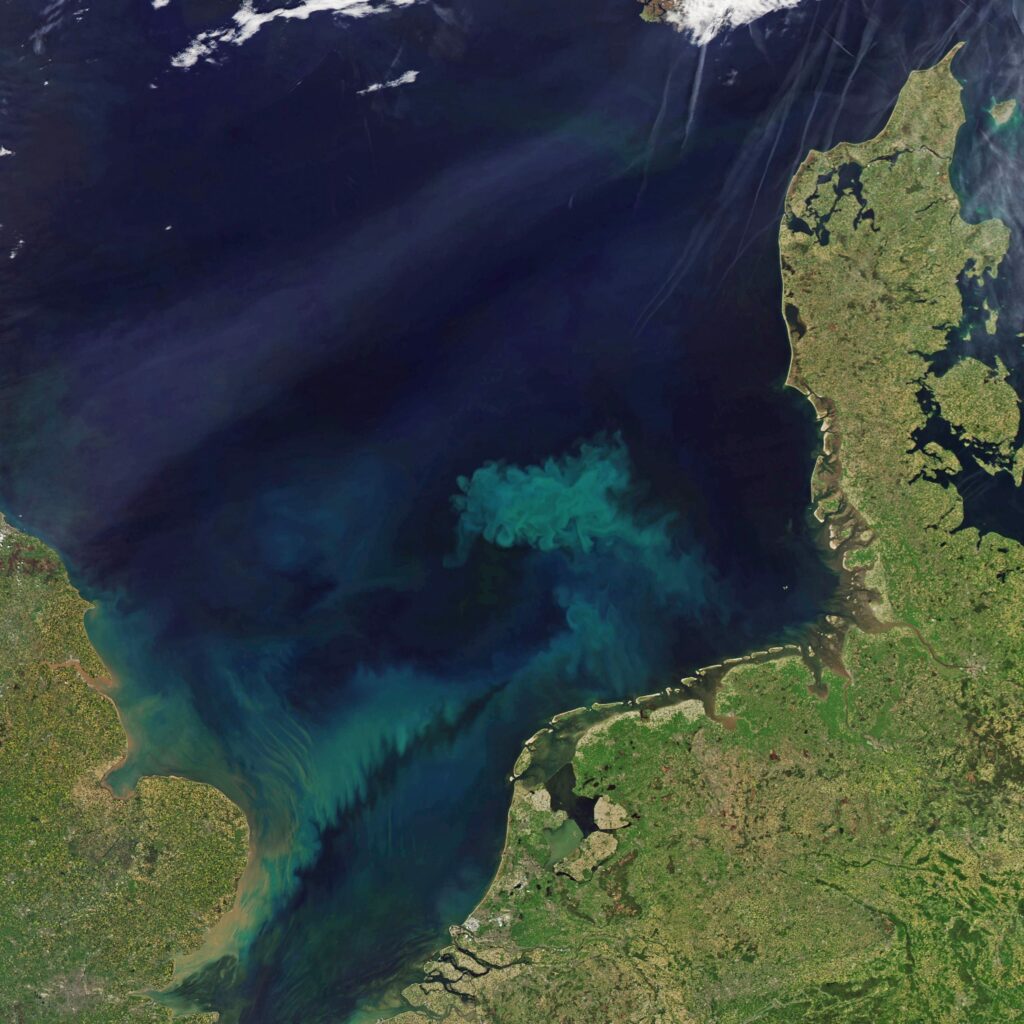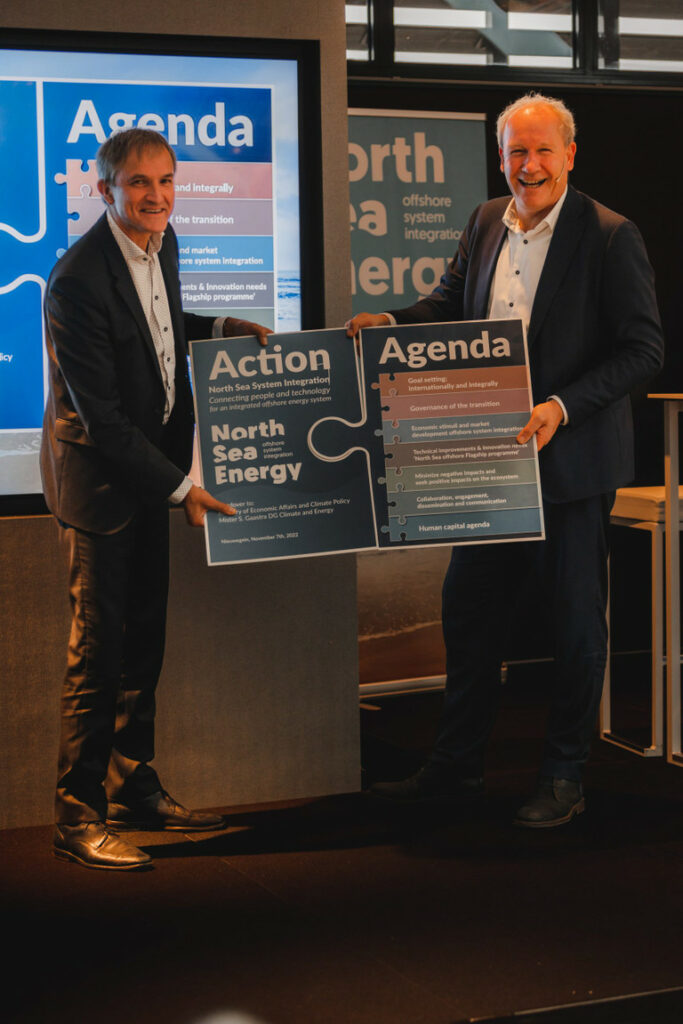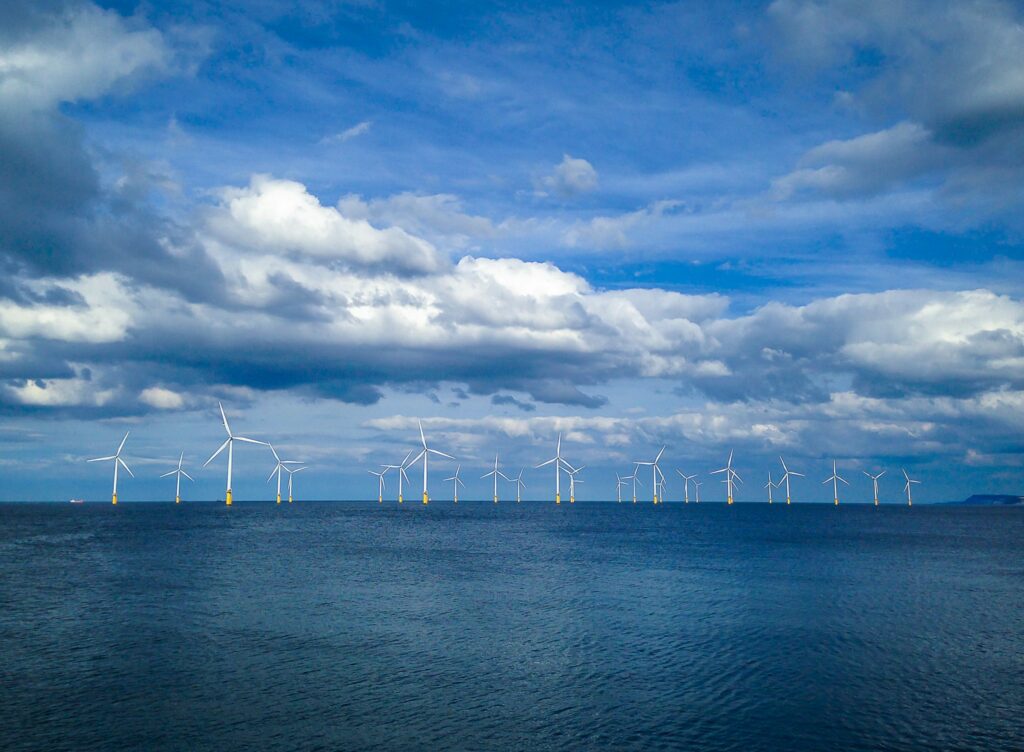During the annual North Sea Energy congress, Monday 7 November, the outlines of a future energy system for the North Sea were presented. A leading role is reserved for the development of energy islands, which combine energy functions and create smart connections between the North Sea countries.
The North Sea is essential for the Netherlands to enable the transition to a sustainable energy system. However, space is limited; activities such as fishing, shipping, nature conservation and defence must also be accommodated. In order to meet climate and energy ambitions and to allow space for a wide range of other activities, an integrated approach is necessary. The contours of such an approach were presented during the annual conference of the North Sea Energy research programme.
Crucial to this is the development of three offshore hubs; islands in the North Sea that combine different forms of energy elements. In the long term, the hubs will supply 180 billion kWh of sustainable wind energy; 1.5 times the current consumption in the Netherlands. This will allow the hubs to produce 1.2 million tons of hydrogen; 80% of the current hydrogen demand. The plan also provides for underground storage of CO2 up to approximately 27 million tons per year; approximately half of the current annual emissions from industry in the Netherlands.

The offshore hubs also offer opportunities for more than 7 billion m3 of natural gas production per year without CO2 emissions, making the Netherlands less dependent on imports of fossil fuels. According to the inventors, the development of the hubs can contribute greatly to the Dutch and European energy ambitions. They estimate the costs of this system at 62 to 75 billion euros.
Rene Peters, involved in the North Sea Energy programme on behalf of TNO, expects that energy hubs will accelerate the energy transition. “We see these as key areas in which we create smart connections between the various energy elements: wind, sun, hydrogen, natural gas and CO2 storage. The offshore hubs are crucial to realise the ambitions towards a reliable and sustainable energy system with the lowest possible energy prices.”
The North Sea Energy Programme is investigating with over 30 (inter)national parties how we can utilise the potential of the North Sea with an integrated approach to achieve a climate-neutral energy system. Cooperation is essential here, according to Sandor Gaastra, DG Energy of the Ministry of Economic Affairs and Climate, who received the research report on behalf of the government.
“Only together can we realize our great ambitions. To give an example: wind energy must be properly integrated into the energy system. To achieve this, physical infrastructure, such as cables and electricity grids, must be ready in time. And the schedules must fit seamlessly together. All of this takes place on one of the busiest seas in the world.”


Since 2017, the North Sea Energy programme has been studying the offshore energy transition with regard to new technologies, economics, legislation and regulations, environment and ecology, logistics, safety and risks, dynamics in the energy system and provides insight into stakeholder perspectives.
The most important insights have been elaborated in an action agenda, which was handed over during the annual conference. The agenda contains an integral and international vision for the energy transition in the North Sea with clear goals for all offshore energy options. To make this clear, a digital atlas has been developed. This maps out various user functions at sea. The concepts of the hubs have also been made clear with maps.